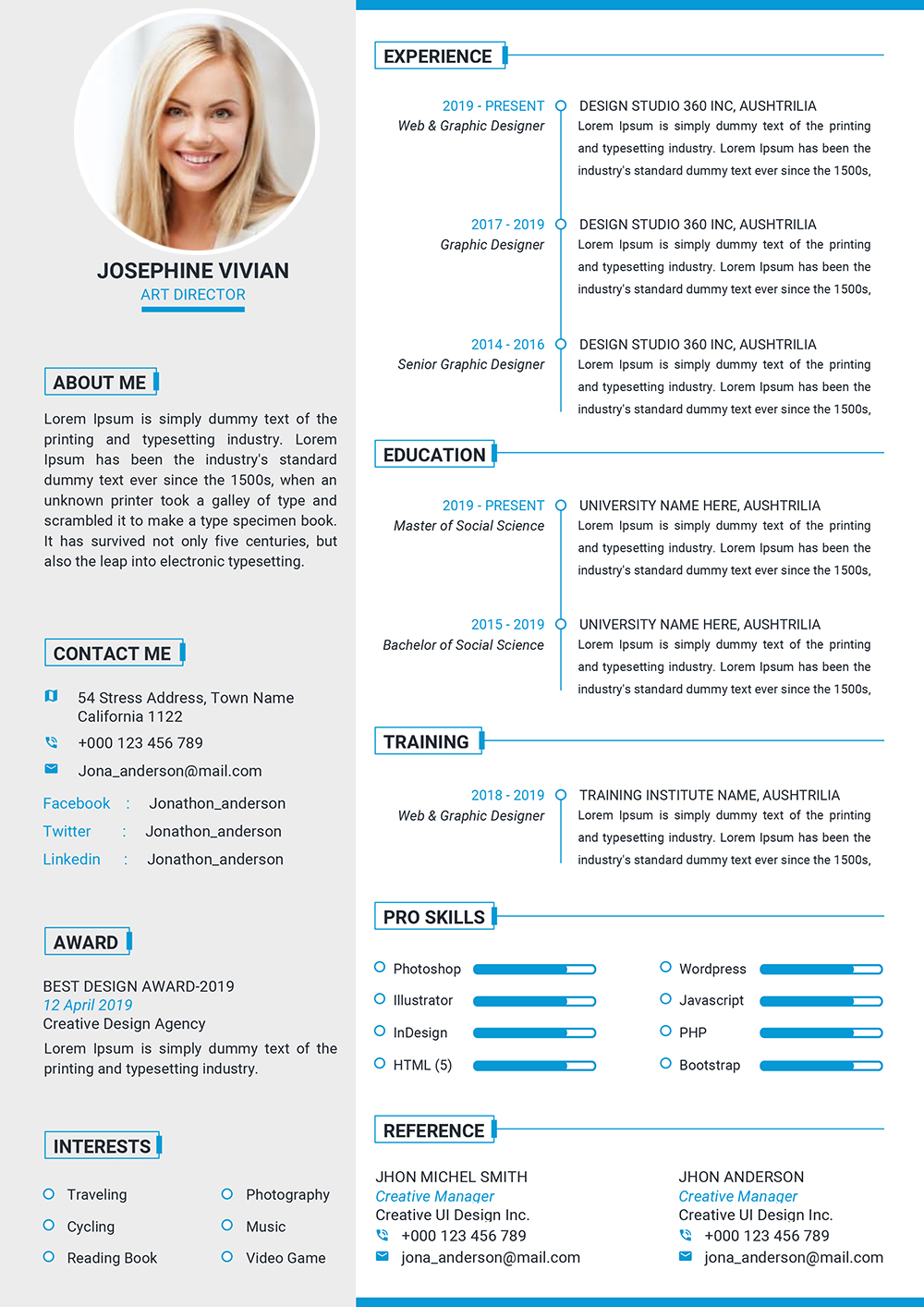
Your federal resume’s content officially begins with an opening summary statement, a few sentences explaining your desire for the job and your top skills and qualifications. Share your clearance level and inform if it is currently active. Learn more here.Ĭlearance: If you’ve previously worked in the federal government, you have a certain level of clearance that gives you access to classified information. Disability status: Inform if you’re a veteran with a disability or a regular citizen with a schedule A appointment.Veteran status and preference: If you are a veteran, you need to share your preference (0, 5 or 10).For example, if you have an associate degree or two years of full-time study after high school, you have a GS-4 score. General Schedule (GS) score: The GS score is a number that classifies you based on your education and experience level.Citizenship status: Are you a citizen or not? Do you need a work visa or permit to work in the United States?.Besides your full name, phone number, email and address, you need to inform the federal government of: The work history section of your federal resume should consist of a list of all your jobs organized in reverse-chronological order, beginning with your current or most recent position first and working backward to your first job.Ī resume for a federal job needs a more elaborate contact information section. The chronological resume format prioritizes the work history section as the main section of your resume. Out of these three, we recommend the chronological format since, for federal applications, this is considered the standard and accepted format.

#Resume template builder download how to#
If you’ve researched how to write a resume before, you’ve heard about the three resume formats you can use: chronological, functional and combination. Download a personalized cover letter in minutes with our cover letter builder.


 0 kommentar(er)
0 kommentar(er)
